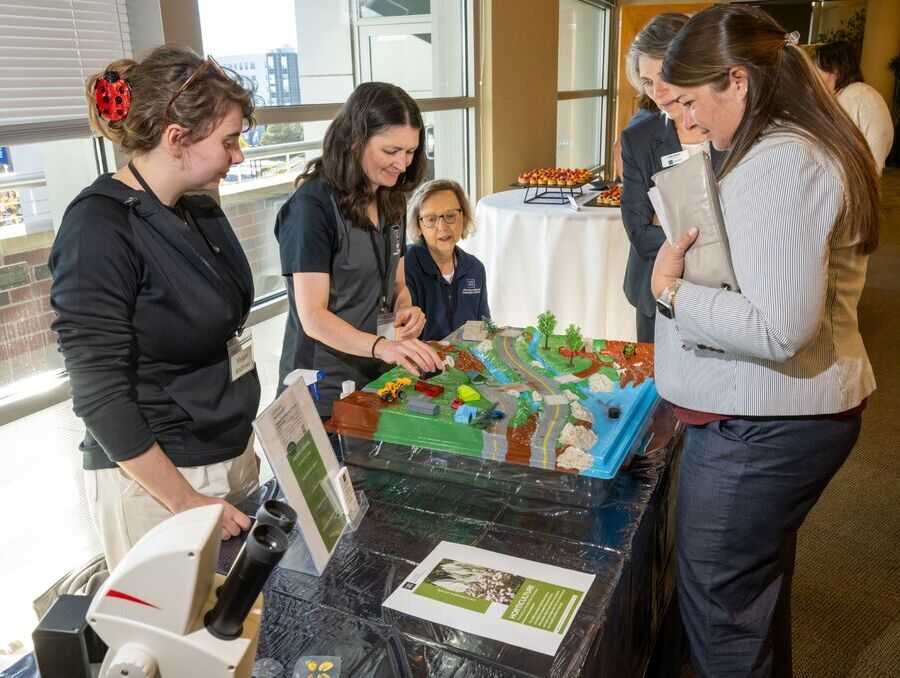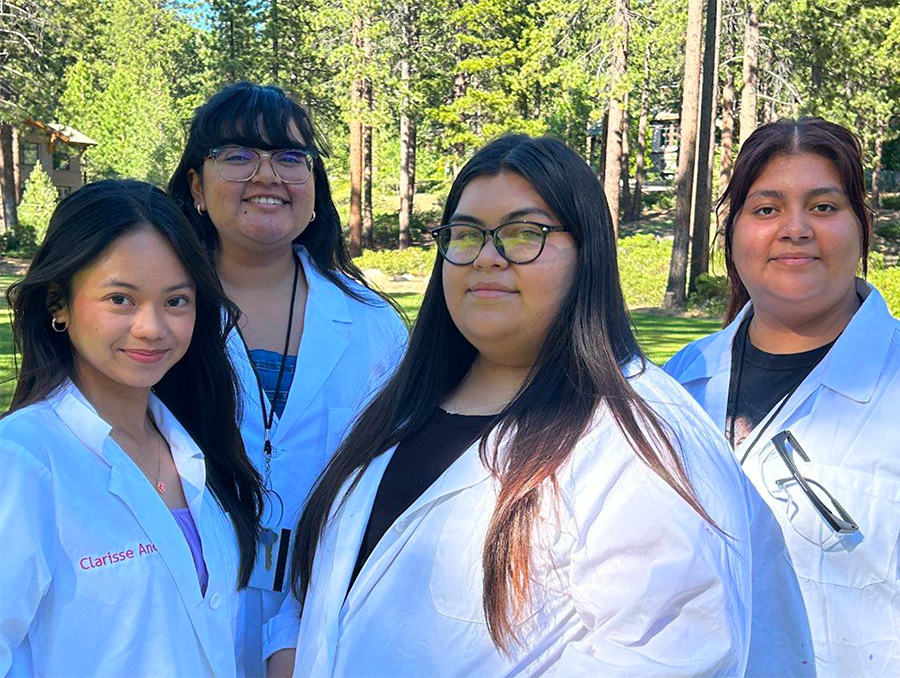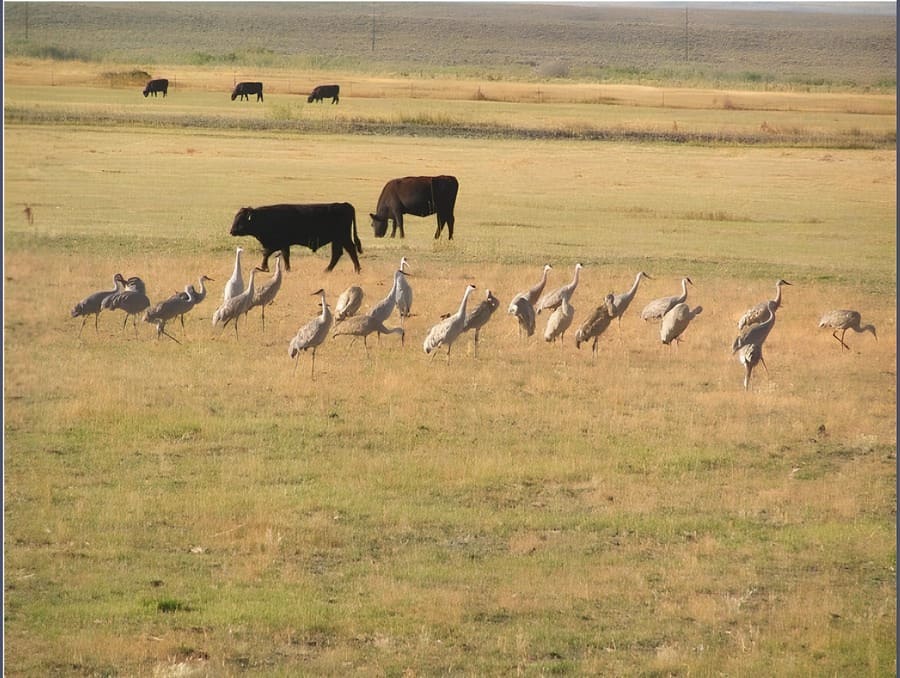A tiny cattle tick is causing big economic losses to farmers and ranchers worldwide. A pioneering University of Nevada, Reno researcher in the field of tick research to help reduce the incidence of Lyme disease in humans has now been awarded a prestigious Fulbright U.S. Scholar Award to apply her research to try to unlock effective ways to control the tick that is wreaking havoc with cattle.
Monika Gulia-Nuss, an associate professor and graduate program director in the Department of Biochemistry & Molecular Biology in the University’s College of Agriculture, Biotechnology & Natural Resources, is working closely with researchers in Uruguay, where the national government is committed to protection of its important cattle industry from the economic ravages of the cattle tick, which are estimated to be well over $30 million in losses annually. Up to 90% of cattle infected with a fever carried by the tick suffer death, while tick damage to cattle skins impacts the leather industry and tick-borne illness also reduces milk production.
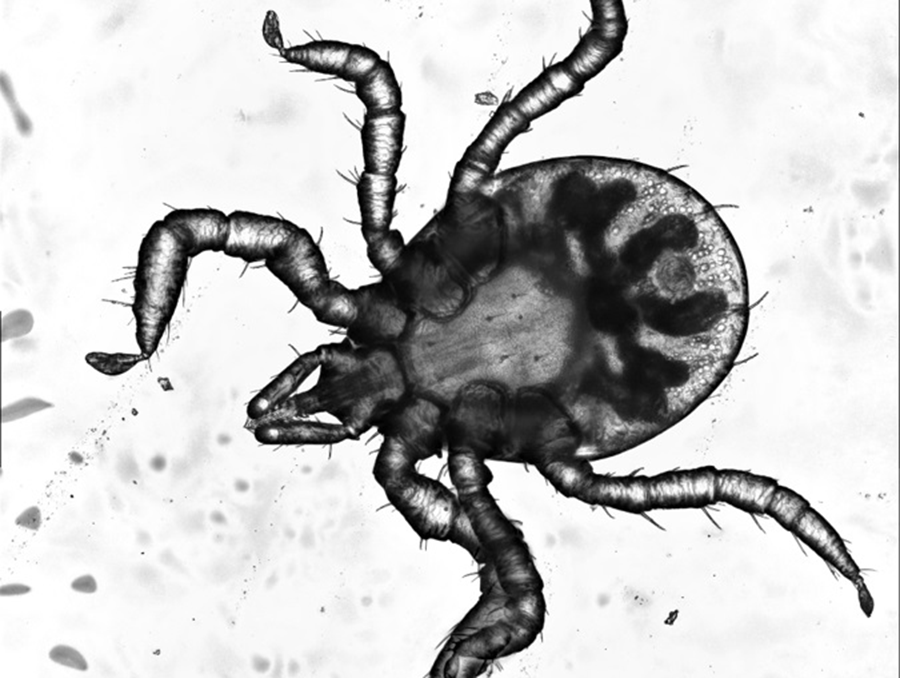
Gulia-Nuss already has broken important new ground in understanding the genetic code of ticks, beginning with the deer tick, which carries Lyme disease-causing bacteria that infect humans. In the past decade, her lab has developed innovative tools to analyze and modify the ability of deer ticks to spread pathogens.
Generally, genetic modification relies on injection of genetic materials along with a fluorescent marker into a tiny embryo — whether it’s a tick, a mosquito or a larger animal — so that scientists can observe activity of a targeted gene.
But researchers have been stymied in their attempts to inject tick eggs, which have hard outer shells, high pressure within, and a tough wax coating that female ticks apply to provide further protection. About two years ago, Gulia-Nuss and her researcher husband, Andrew Nuss, an associate professor in the University’s Department of Agriculture, Veterinary & Rangeland Sciences, announced they’d successfully overcome those challenges, opening the door for injections into tick embryos and possible genetic modification.
“There is a huge demand for the development of genetic tools for tick research,” Guila-Nuss said. “Our deer-tick methods have already been adopted by many labs around the world, and we have trained many scientists in our labs in implementation of these methods.”
More complex mystery
But the cattle tick, Gulia-Nuss acknowledged, presents a far more challenging genetic mystery than the deer tick. For starters, the genome of the cattle tick is large and complex — it’s twice the size of the human genome — and the genome hasn’t yet been fully mapped.
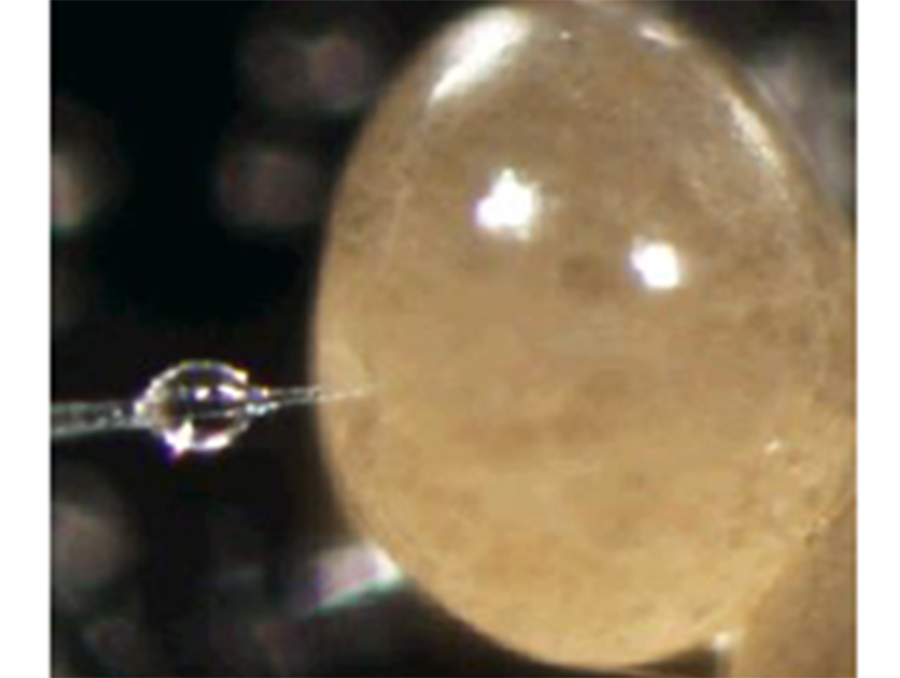
That’s critically important because Gulia-Nuss seeks to identify genes of cattle ticks that could be targeted for genetic control or improved pesticides. Alternatively, better understanding of the tick’s genetics might allow development of effective vaccines for the cattle that host the ticks.
Gulia-Nuss and Michael Pham, a research scientist in the Department of Biochemistry & Molecular Biology, will travel in June to the INIA Colonia institute in southwestern Uruguay. There, Gulia-Nuss and Pham, who also conduct research as part of the University’s Experiment Station, will work with researchers Alejo Menchaca of INIA and Pablo Fresia of the Pasteur Institute in Montevideo, Uruguay, to set up a suite where ticks will be raised and prepared for the injections that will allow understanding gene functions.
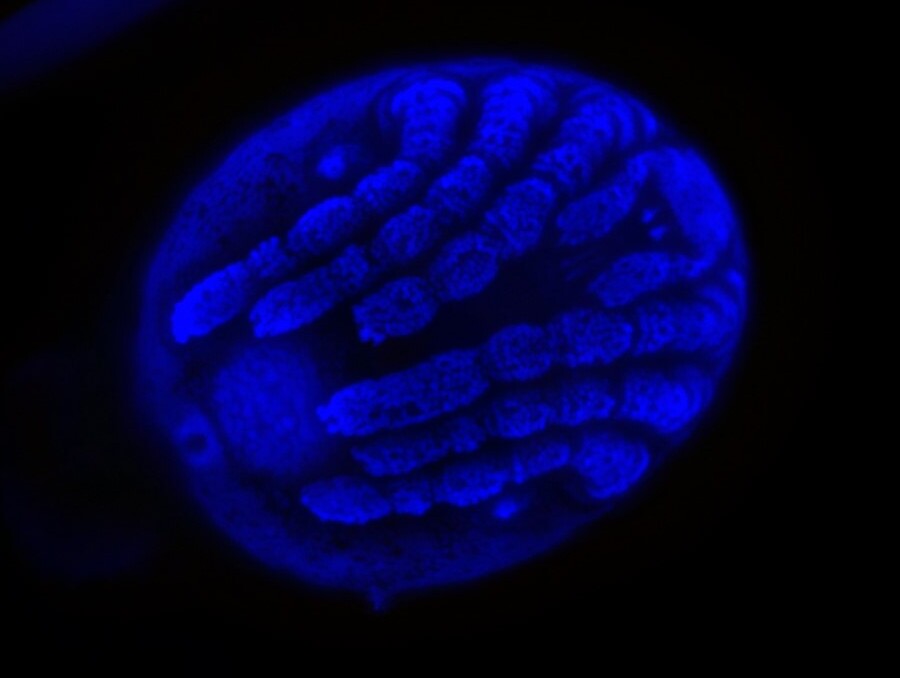
Early in 2025, Gulia-Nuss will return to Uruguay for a three-month tenure supported by the Fulbright U.S. Scholar Award. During that time, she’ll inject thousands of tick embryos to better understand their genetic workings. She also expects to begin some genetic modifications.
Given the size of the cattle-tick genome and the gaps in existing knowledge, there will be challenges that the researchers are ready to overcome.
“However, we are up to the challenge, and our prior work with two other tick genomes will help us navigate the issues that may arise,” Gulia-Nuss said.
International collaboration
The highly competitive Fulbright U.S. Scholar Awards — only about 10% of applicants are approved annually — are designed to build collaboration between scholars in the United States and those elsewhere in the world. The awards support travel, lodging and other expenses for researchers; institutes in the host countries fund the research itself.
The government of Uruguay strongly supports the cattle-tick research. Even 25 years ago, economic losses caused by the cattle tick in Uruguay were estimated at nearly $33 million a year. Currently, the only method of controlling cattle ticks is heavy use of chemical insecticides. But ticks are developing resistance to those chemicals, and lingering chemical residues may limit the ability of ranchers to sell their animals.
Although the tick is found in the United States only in a thin strip along the southern border with Mexico, it’s established elsewhere in nearly every tropical or subtropical region of the world where people raise cattle. Uruguay is among the hard-hit regions.
“Uruguay's economy is highly dependent on agriculture, especially cattle. Cattle fever tick is a huge economic problem in the country, and the Uruguayan government is committed to research to develop genetic tick-control methods,” said Gulia-Nuss.
That’s why it’s particularly noteworthy, she said, that scientists in Uruguay sought out collaborators in far-away Nevada.
“Uruguay only provides one Fulbright Research Award a year,” Gulia-Nuss said. “Getting this award at the University of Nevada, Reno, emphasizes the quality of research at our University. Our team that has been working on tick research is extremely honored and excited to be working with our colleagues in Uruguay on this important project.”










